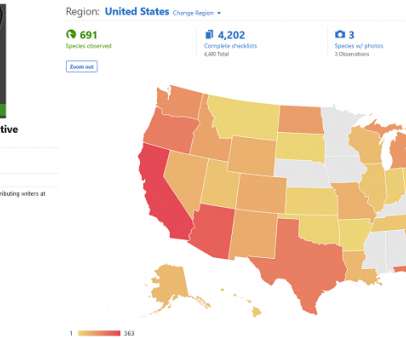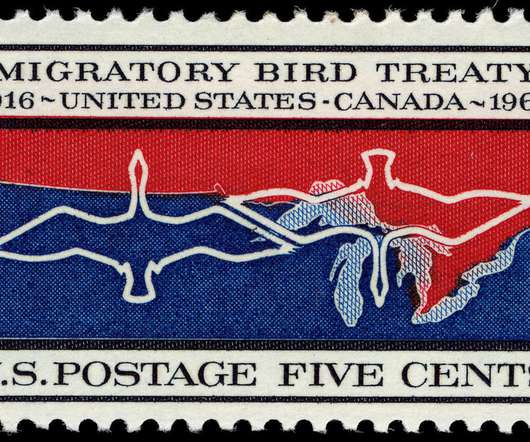10,000 Birds goes eBirding – Part II
10,000 Birds
DECEMBER 14, 2021
As of mid-November 2021, the Collaborative had submitted more than 4,200 checklists (up from 1,700 in 2018) and has observed 691 species in the United States (up from 618). Thus, there are now seven states with 200+ observed species. The state with the largest increase was Arizona , with 139 species added.












Let's personalize your content